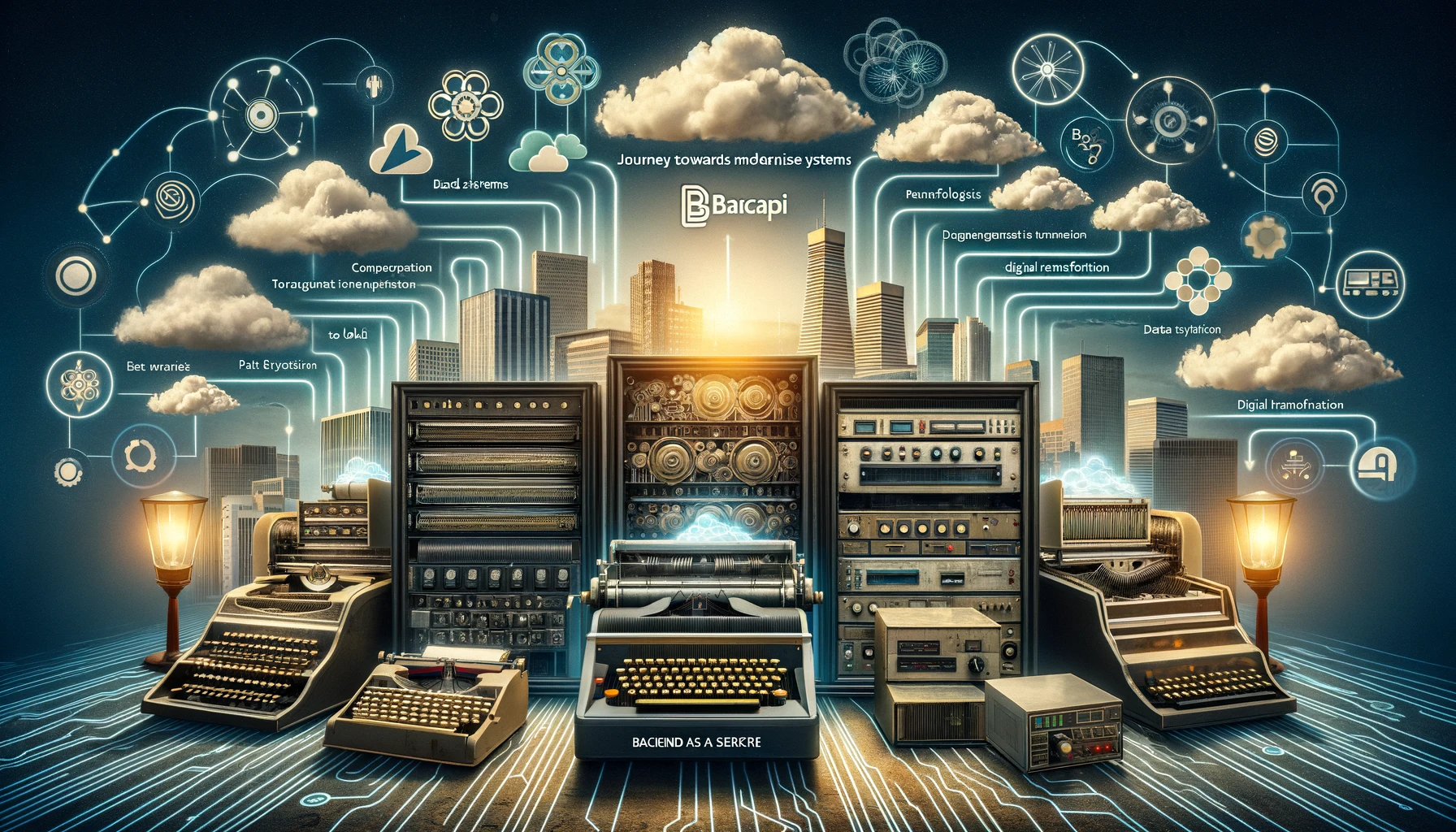Integrating BaaS Solutions into Legacy Enterprise Systems: Navigating the Future with StormAPI
In an era where digital transformation dictates the pace of business innovation, integrating modern Backend as a Service (BaaS) solutions into legacy enterprise systems has become a pivotal strategy for organizations aiming to remain competitive. The juxtaposition of agile, scalable BaaS platforms like StormAPI against the rigid, monolithic architectures of legacy systems presents both challenges and opportunities. This article explores the pathway to successful integration, leveraging StormAPI as a prime example of how BaaS solutions can rejuvenate and future-proof legacy enterprise systems.
Understanding the Challenge
Legacy systems, often built on outdated technologies, are critical to the operations of many enterprises, housing essential data and running core business processes. However, their inflexibility and complexity can stifle innovation and agility. In contrast, BaaS platforms like StormAPI offer a nimble and scalable backend solution, providing features such as database management, authentication, cloud storage, and real-time data synchronization without the overhead of managing infrastructure.
Strategic Planning for Integration
The first step towards integrating BaaS solutions into legacy systems is strategic planning. This involves assessing the existing IT landscape, identifying components that can benefit from modernization, and outlining a roadmap that aligns with business objectives. For instance, an enterprise might pinpoint its customer relationship management (CRM) system as a prime candidate for integration with StormAPI to enhance user experience and operational efficiency.
API-Led Connectivity
One of the most effective methods for integrating BaaS solutions like StormAPI into legacy systems is through API-led connectivity. By leveraging APIs, enterprises can create a layer of abstraction that allows legacy systems to communicate with modern BaaS platforms. This approach not only facilitates seamless integration but also enables enterprises to start benefiting from the agility and scalability of BaaS without completely overhauling their existing infrastructure.
Case Study: Enhancing Customer Engagement with StormAPI
Consider a legacy enterprise in the retail sector looking to enhance its customer engagement platform. By integrating StormAPI, the enterprise can leverage cutting-edge features such as real-time notifications, seamless authentication, and personalized content delivery, all delivered through APIs that interface smoothly with the existing legacy CRM system. This integration allows the enterprise to offer a more responsive and customized user experience, driving customer satisfaction and loyalty while maintaining the stability of its core systems.
Overcoming Security Concerns
Security is a paramount concern when integrating BaaS solutions with legacy systems, especially given the latter’s potential vulnerabilities. StormAPI addresses these concerns head-on, providing robust security features such as end-to-end encryption, OAuth 2.0 authentication, and compliance with industry standards like GDPR and HIPAA. By choosing a BaaS provider that prioritizes security, enterprises can ensure that their modernized components do not introduce new risks to their IT ecosystem.
Driving Innovation While Preserving Legacy Investments
A significant advantage of integrating BaaS platforms like StormAPI into legacy systems is the ability to drive innovation without discarding previous investments. This approach allows enterprises to gradually transition to more modern architectures, leveraging the cloud’s scalability and flexibility while retaining the valuable data and business logic embedded in their legacy systems.
Embracing Organizational Change
Successfully integrating BaaS solutions into legacy systems requires more than just technical adjustments; it also demands organizational change. Enterprises must foster a culture of innovation, encouraging collaboration between IT and business units to ensure that the integration of platforms like StormAPI aligns with overarching business goals. Training and support are crucial to help staff adapt to new technologies and workflows, ensuring a smooth transition and maximizing the benefits of the integration.
Ensuring a Future-proof IT Architecture
Finally, integrating BaaS solutions into legacy systems is not a one-time effort but a strategic move towards ensuring a future-proof IT architecture. By establishing a modular, service-oriented architecture facilitated by StormAPI, enterprises can position themselves to adapt more readily to future technological advancements, market demands, and business models. This flexibility is crucial in an age where the ability to pivot and innovate rapidly can make the difference between leading the market and being left behind.
The integration of BaaS solutions like StormAPI into legacy enterprise systems represents a strategic imperative for organizations seeking to modernize their IT infrastructure without sacrificing the value of existing investments. By carefully planning the integration process, leveraging API-led connectivity, addressing security concerns, and fostering organizational change, enterprises can unlock the full potential of their legacy systems. In doing so, they pave the way for enhanced operational efficiency, improved customer engagement, and a robust foundation for continuous innovation. The journey of integrating BaaS solutions is not without its challenges, but the rewards—agility, scalability, and future-readiness—are well worth the effort.


Leave a Reply